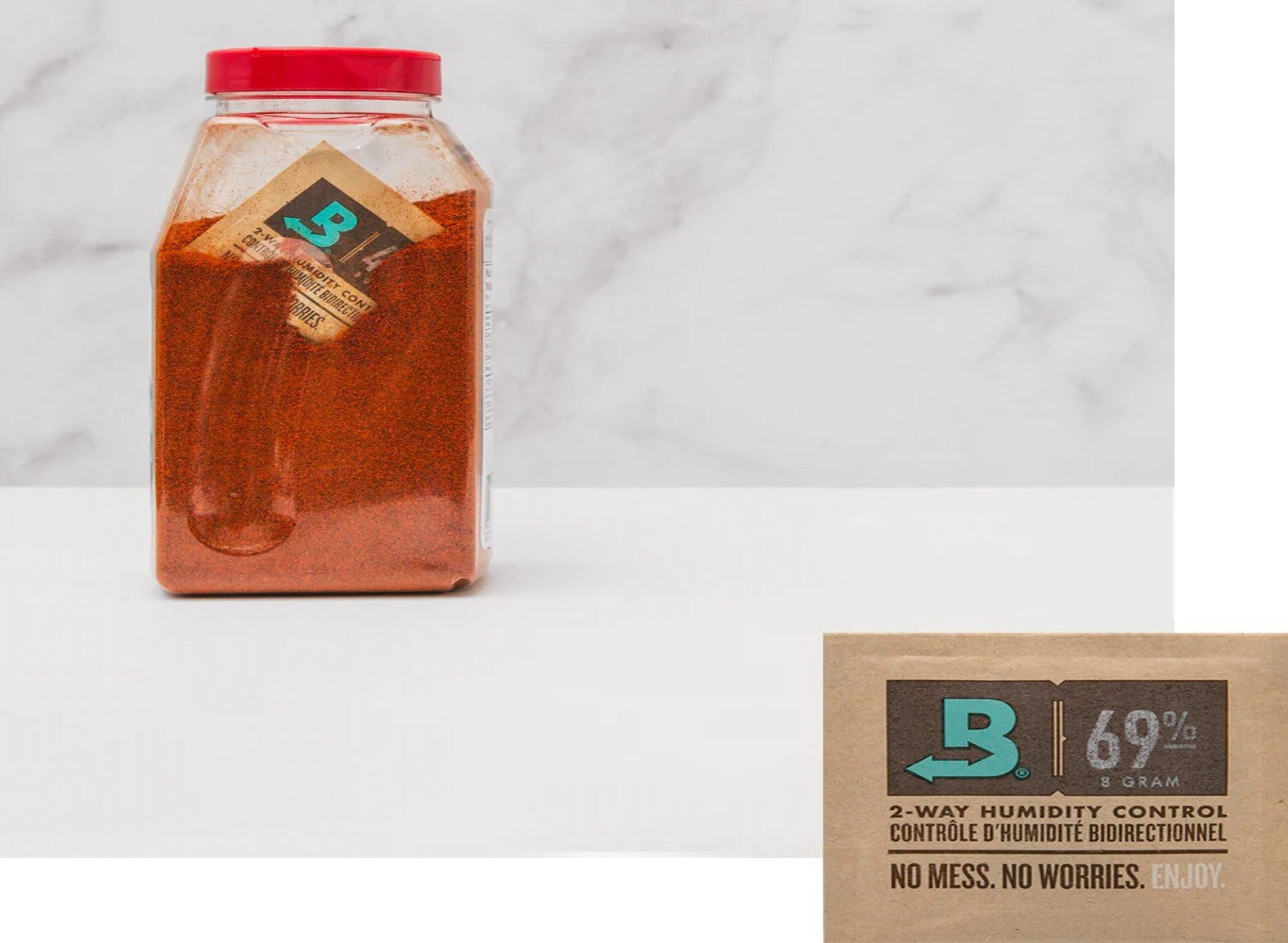Table of Contents
- Recycling Basics: Understanding the Process
- What to Recycle: Common Recyclable Materials
- What Not to Recycle: Items to Keep Out of Your Bin
- Recycling Bin Ideas: Organization for Effective Recycling
- Creative Recycling Projects: Giving Items New Life
- Electronics Recycling: Which Devices Need Proper Disposal
- The Future of Recycling: Innovations and Best Practices
The Ultimate Guide to Recycling: What to Recycle, What Not to Recycle, and Creative Recycling Ideas
Recycling plays a crucial role in environmental conservation, but knowing what to recycle and what not to recycle can be confusing. This comprehensive guide will help you navigate recycling decisions, set up efficient recycling systems, and even explore creative ways to repurpose items that might otherwise end up in landfills.
Recycling Basics: Understanding the Process
Recycling converts waste materials into new products, reducing the consumption of fresh raw materials. Understanding the recycle symbol is the first step in becoming recycling-savvy. The triangular symbol with three arrows, also known as the Mobius loop, often contains a number from 1 to 7 identifying the type of plastic.
The recycling process typically involves collection, sorting, processing, and manufacturing new products. However, not all materials can be processed by recycling facilities, which is why knowing what and what not to recycle is essential for effective waste management.
What to Recycle: Common Recyclable Materials
Creating a what to recycle and what not to recycle list helps streamline your household waste management. Here are materials that typically belong in your recycling bin:
Paper Products
- Newspapers, magazines, and catalogs
- Office paper and envelopes
- Phone books and paperback books
- Cardboard boxes and packaging (flattened)
- Paper bags and wrapping paper (non-metallic)
Metal Items
- Aluminum cans and foil
- Steel and tin cans
- Empty aerosol cans (with caps removed)
- Metal bottle caps and jar lids
Glass Containers
- Glass bottles (all colors)
- Glass jars
- Glass food containers
Plastic Materials
- Plastic bottles and containers (types 1 and 2 are most widely accepted)
- Plastic jugs and tubs
- Rigid plastic packaging
For specialized products like cannabis packaging, many companies now offer recyclable options. Our humidity control packs for cannabis storage are designed with sustainability in mind, helping preserve product freshness while minimizing environmental impact.
What Not to Recycle: Items to Keep Out of Your Bin
A what not to recycle list is equally important to prevent contamination of recycling streams:
Contaminated Paper
- Greasy pizza boxes
- Paper towels and napkins
- Waxed paper or waxed cardboard
- Paper cups with plastic or wax coating
Problem Plastics
- Plastic bags and film (these can jam sorting machinery)
- Styrofoam and foam packaging
- Plastic utensils and straws
- Plastic wrap and bubble wrap
Other Non-Recyclables
- Broken glass or ceramics
- Light bulbs and mirrors
- Diapers and hygiene products
- Clothing and textiles (donate instead)
- Hazardous waste containers
Understanding what plastics can and cannot be recycled is particularly important as plastic recycling rules vary widely by location.
Recycling Bin Ideas: Organization for Effective Recycling
Setting up an efficient recycling system in your home encourages consistent participation. Consider these recycle bin ideas:
- Multi-compartment bins for different materials
- Under-sink pull-out recycling systems
- Decorative bins that match your home decor
- Labeled containers for easier sorting
- Compactors for high-volume recyclables like cardboard
For outdoor spaces, consider weather-resistant bins with secure lids to prevent items from blowing away or getting wet. In offices, centralized recycling stations with clear signage promote proper recycling habits among employees.
Creative Recycling Projects: Giving Items New Life
Beyond conventional recycling, consider these recycle ideas projects to repurpose items:
Household Containers
- Glass jars as storage for pantry items or craft supplies
- Tin cans as planters or pencil holders
- Plastic bottles as bird feeders or self-watering planters
Paper and Cardboard
- Newspaper as gift wrap or packing material
- Cardboard boxes as storage organizers
- Paper rolls as seed starters
These creative approaches to recycling not only reduce waste but also save money and encourage resourcefulness. Many of these projects make excellent educational activities for children, teaching sustainability through hands-on experience.
Electronics Recycling: Which Devices Need Proper Disposal
Understanding which of these devices will eventually need to be recycled is crucial for responsible consumption. Electronic waste contains valuable materials that can be recovered, as well as potentially harmful components that should not enter landfills.
Devices requiring proper recycling include:
- Computers, laptops, and tablets
- Smartphones and cell phones
- Televisions and monitors
- Printers and scanners
- Batteries of all types
- Small appliances with electronic components
Many retailers and manufacturers offer take-back programs for electronics. Additionally, most communities host e-waste collection events or have dedicated drop-off locations for electronic recycling.
The Future of Recycling: Innovations and Best Practices
The recycling landscape continues to evolve with new technologies and approaches. Understanding what really gets recycled globally helps consumers make more informed choices.
Emerging trends include:
- Chemical recycling for previously non-recyclable plastics
- AI-powered sorting systems for more efficient processing
- Biodegradable alternatives to traditional packaging
- Closed-loop recycling systems where products are designed for easy disassembly and material recovery
As consumers, we can support these innovations by demanding more sustainable products, properly sorting our recyclables, and staying informed about recycling versus other disposal methods like composting.
By understanding what to recycle and what not to recycle, setting up efficient systems, and exploring creative reuse options, we all contribute to a more sustainable future with less waste and more resourcefulness.











Leave a comment
All comments are moderated before being published.
This site is protected by hCaptcha and the hCaptcha Privacy Policy and Terms of Service apply.